Tram trips to take longer than buses when Sydney’s new light rail opens
It’s way over budget and months late. Now it’s emerged that a trip on Sydney’s new trams will take longer than the buses they will replace.
When Sydney’s multi-billion dollar, much delayed, new light rail network opens tomorrow, tram trips will take commuters up to 15 minutes longer than buses.
The light rail welcomes its first passengers on Saturday with trams returning to the CBD main drag of George St six decades after the tracks were torn up.
Trams will run on a 15km route between the city, Central and the eastern suburbs.
But a tram from Randwick will take as much as 50 minutes to reach the harbour. That trip done today by bus takes just 35 minutes.
Government agency Transport for NSW (TfNSW) said the go-slow was due to Sydneysiders still acting dangerously around trams, and it hoped to improve journey times before the full network opened in March.
Current bus services will remain in place until then, TfNSW said.
Action for Public Transport’s Jim Donovan said the $2.9 billion trams would likely still be slower than buses when travel times sped up.
“They’ve spent $3 billion for a slower, more uncomfortable journey,” Mr Donovan said.
RELATED: Everything you need to know about the Sydney Light Rail
RELATED: Sydney drivers told to pay attention to light rail changes or face fines
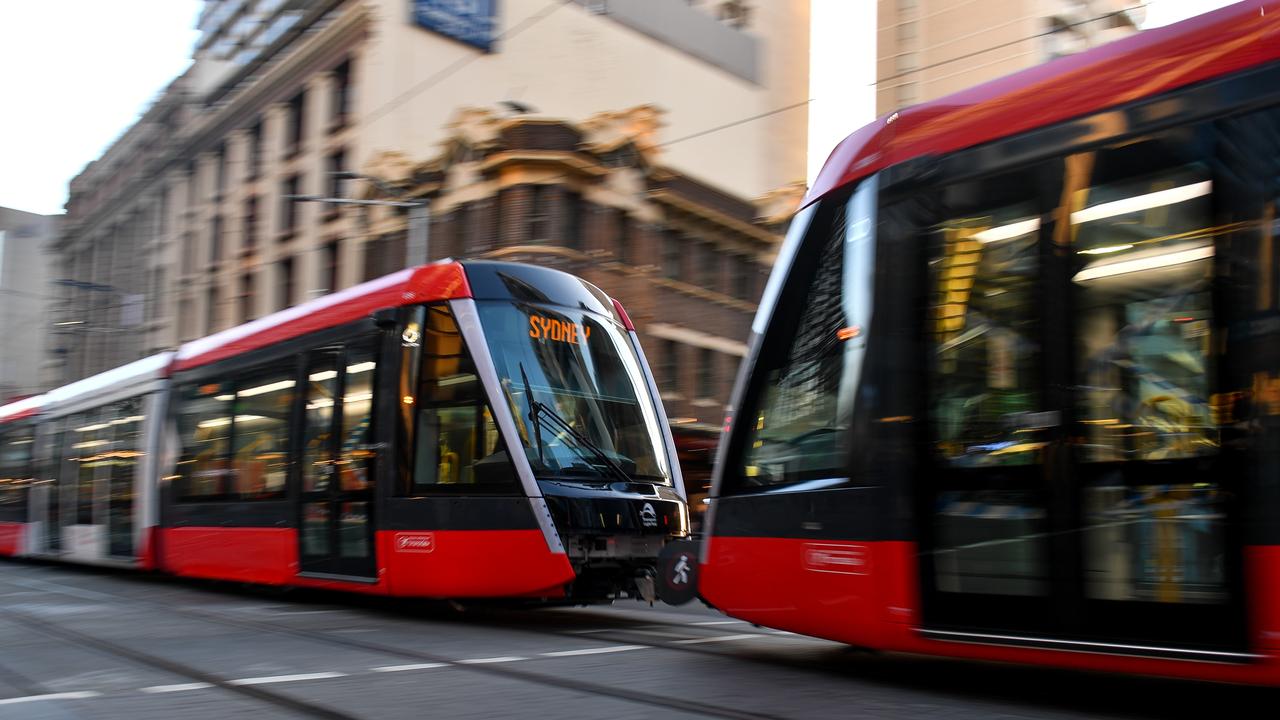
The new L2 Randwick and L3 Kingsford lines will join the L1 inner west line in a light rail renaissance for Sydney. The city’s trams join new networks introduced in Canberra, Newcastle and the Gold Coast.
The first trip can’t come fast enough for NSW Premier Gladys Berejiklian. The system was slated to open in March, but legal squabbles between the builder and the Government have blown out the budget by almost double.
“The light rail is a big step towards revitalising our city and will transform the way we live, work and go out in Sydney,” Ms Berejiklian said last week.
“The new network will move up to 13,500 commuters an hour during peak time in both directions, replacing the conga line of buses which used to sit in traffic on George St.”
Undoubtedly, parts of the CBD have been transformed with cars banished from major roads, replaced with a pedestrian and tram thoroughfares similar to Melbourne’s Bourke St.
The CBD section as well as the L2 Randwick line, will open on Saturday. The L3 line has been pushed back to March.
TRAMS COULD TAKE LONGER THAN BUSES
A current bus trip from Randwick, where the L2 will terminate, to Circular Quay takes about 30 minutes on a bus, plus five minutes walking time. Not so on the tram.
“ALTRAC (the consortium that includes Spanish builders Acciona and French operator Transdev) advise that initial performance will be about 50 minutes from Randwick to Circular Quay,” a TfNSW spokeswoman said.
“With a new mode of public transport being introduced, we are prioritising the safety of customers and the community.
“In George St, for example, tram drivers are slowing right down because some pedestrians are still not behaving safely near light rail.”
TfNSW said it would be working “to improve the journey time” as it “finetunes light rail’s integration into the city’s traffic and transport network”.
But it still isn’t clear when commuters can expect those improved times.
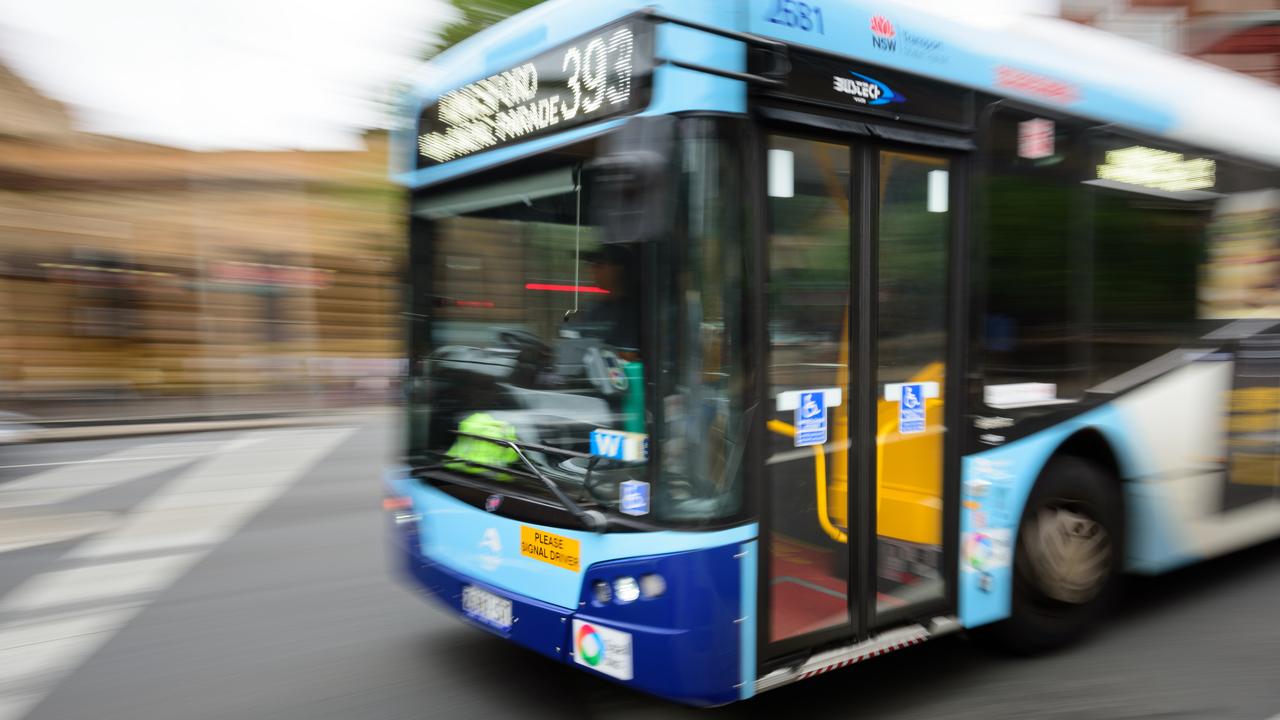
BIGGEST MISTAKE
TfNSW also won’t say if it has a ballpark figure for tram times. But a 2015 report produced by the agency said a tram from Circular Quay to Randwick should take 35 minutes.
Passengers are likely to be forced onto trams when the bus network is reshaped next year. It’s almost certain the number of buses travelling from the eastern suburbs to the city will be curtailed. Some passengers from beachside suburbs are likely to be forced to change from a bus onto a tram at either Randwick or Kingsford to complete their journey.
“Changing between buses and trams will take time and will have the effect that some trams will leave the terminuses much busier than others,” Mr Donovan said.
Circular Quay to Coogee will likely take about 45 minutes by tram and bus, assuming connections are smooth.
The fastest all-stops bus time from Coogee to Martin Place takes 39 minutes.
So even at full pelt, the light rail could take a few minutes longer for the same journey.
“If three buses turn up, that’s all the tram seats taken,” Mr Donovan said.
The biggest mistake, he said, was not extending the light rail all the way to the beachside suburbs in the first place.
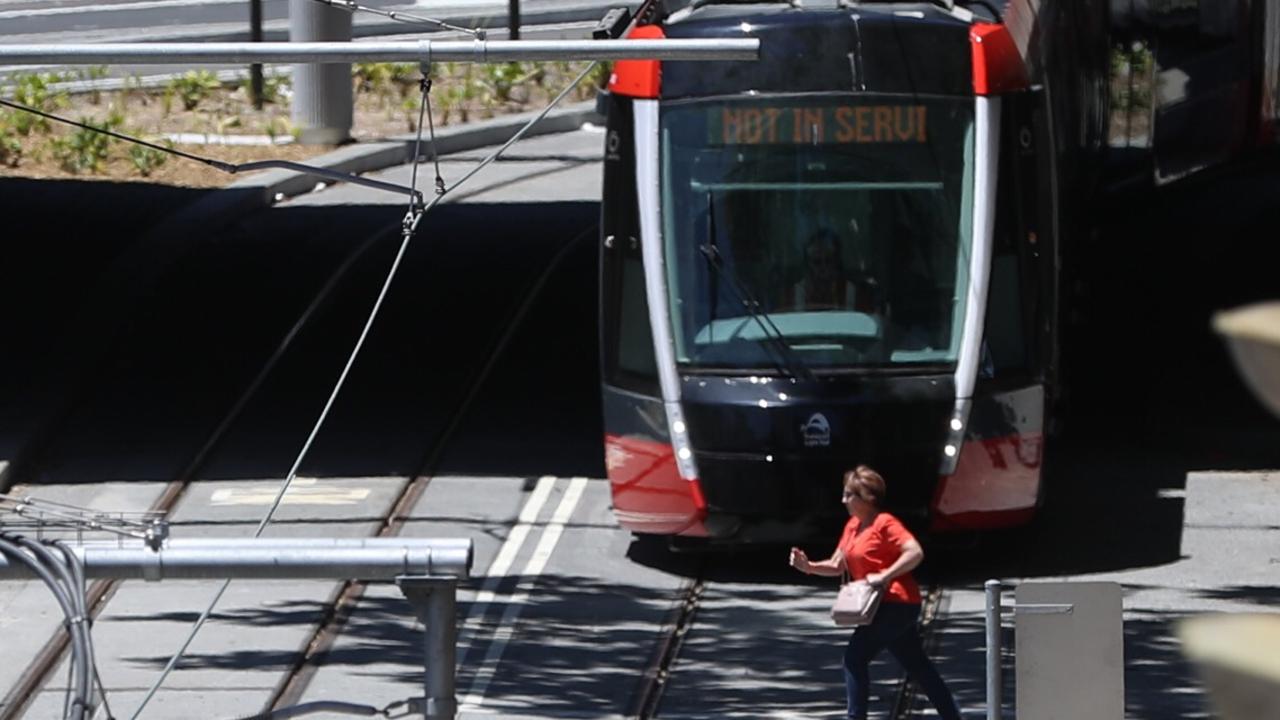
“Fitting light rail into established suburbs doesn’t really add much to the capacity or speed of public transport,” said Dr Geoffrey Clinton, a senior lecturer in transport at the University of Sydney.
“We don’t know yet how fast it is going to be but I expect it won’t be much of a time saving.”
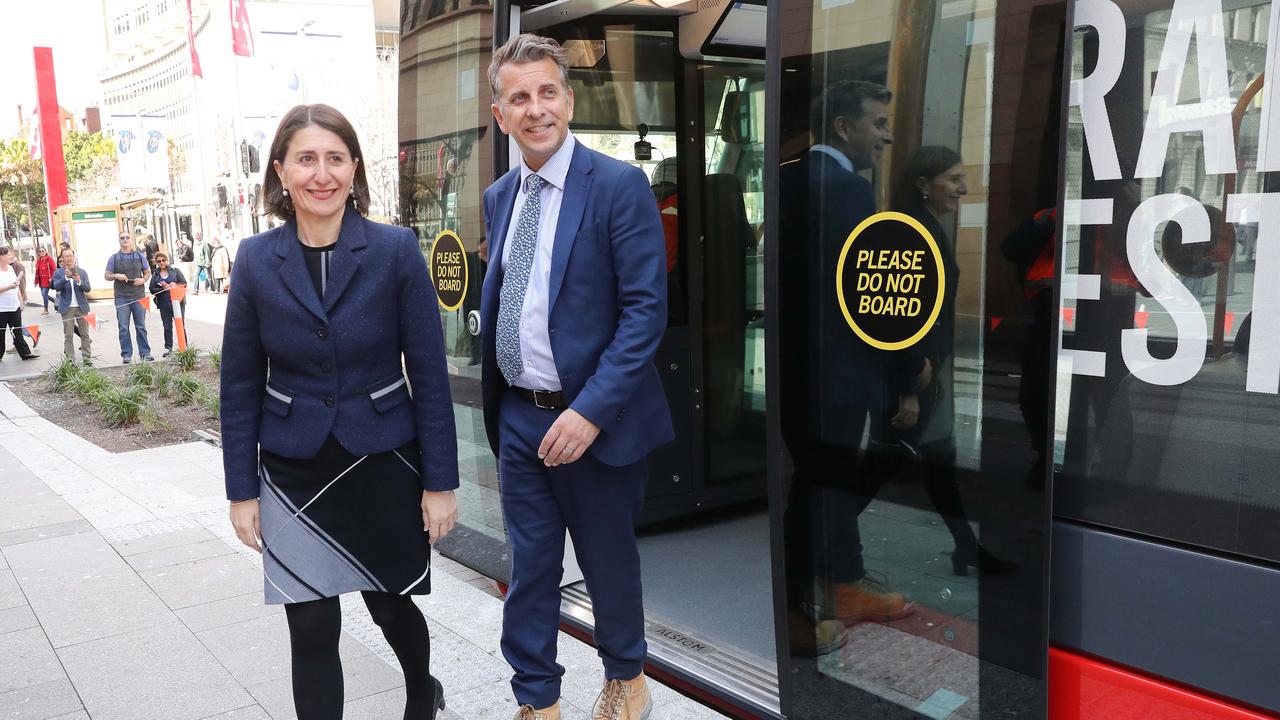
TRAFFIC LIGHTS
TfNSW has said express buses, which can take as little as 28 minutes to reach the city, will remain. This means commuters will have a faster option if they are travelling to parts of the CBD. However, they mostly operate only at peak times.
Transport bosses had little choice but to keep some buses as without them there were concerns trams would be overcapacity from day one.
Mr Donovan said his fear was that trams could be even slower if they weren’t given an automatic green light at major intersections. This could see them stick waiting for cars to cross.
“But I doubt the trams will get a reasonable amount of traffic light priority, so this represents a slower journey than might have been.”
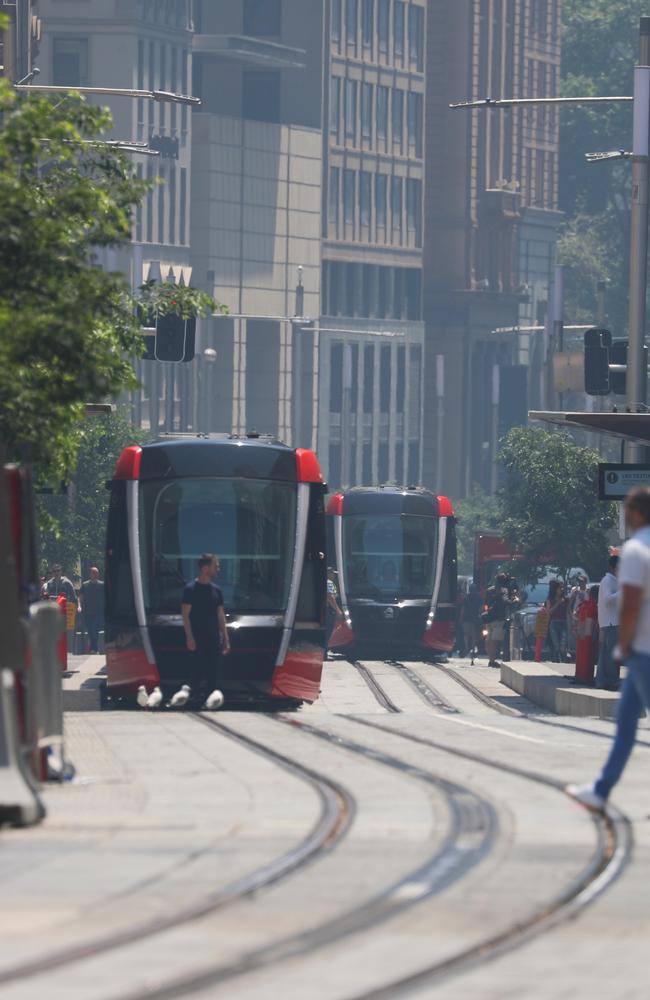
Mr Donovan also suspected the trams would continue to crawl through the city due to the throngs of pedestrians wandering in front of them.
TfNSW said it was open to “tweaking priority at intersections”.
However, for now trams will only be given a green light at the same time as pedestrians and cyclists.
“Each intersection is different, with different demands and a range of clearance times,” the TfNSW spokeswoman said.
“Further analysis of the traffic impacts on the surrounding network is under way to ensure we balance the needs of the light rail and the broader network.”
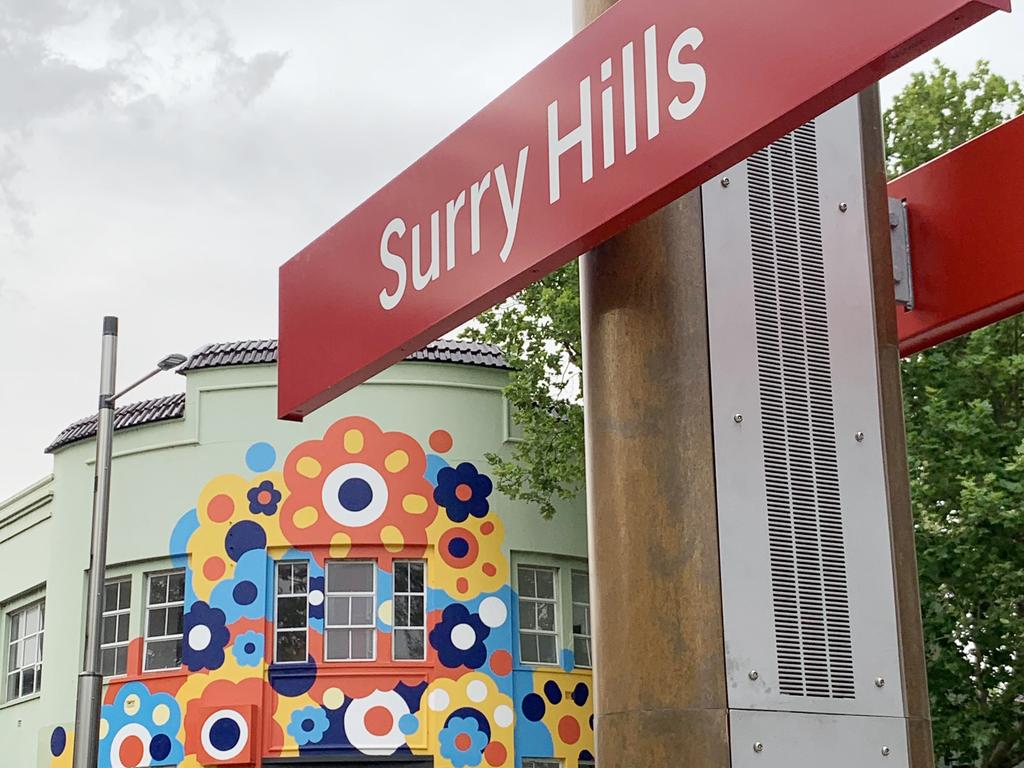
LIKELY TO BE A HIT
Dr Clinton said people would flock to the trams.
“It’s likely to be a hit with the public. We know that people prefer the light rail to buses even when travel times are the same,” he said.
“I expect it will be overcrowded at times, particularly when the university and schools go back.”
He added the light rail would have CBD-changing benefits too.
“It’s really good to see George St transformed into a pedestrian-friendly street. Light rail will be a winner for the CBD, and people who live near the light rail will be pleased they can switch from the bus.
“However, it’s not going to have much of an impact on the rest of the city.”
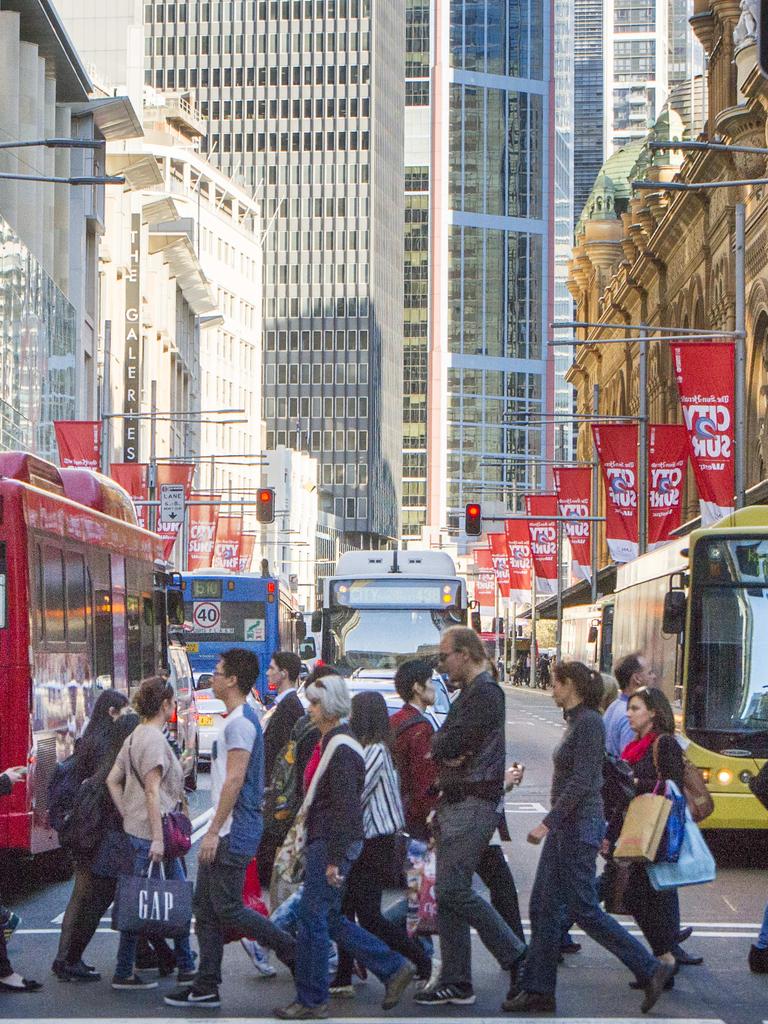
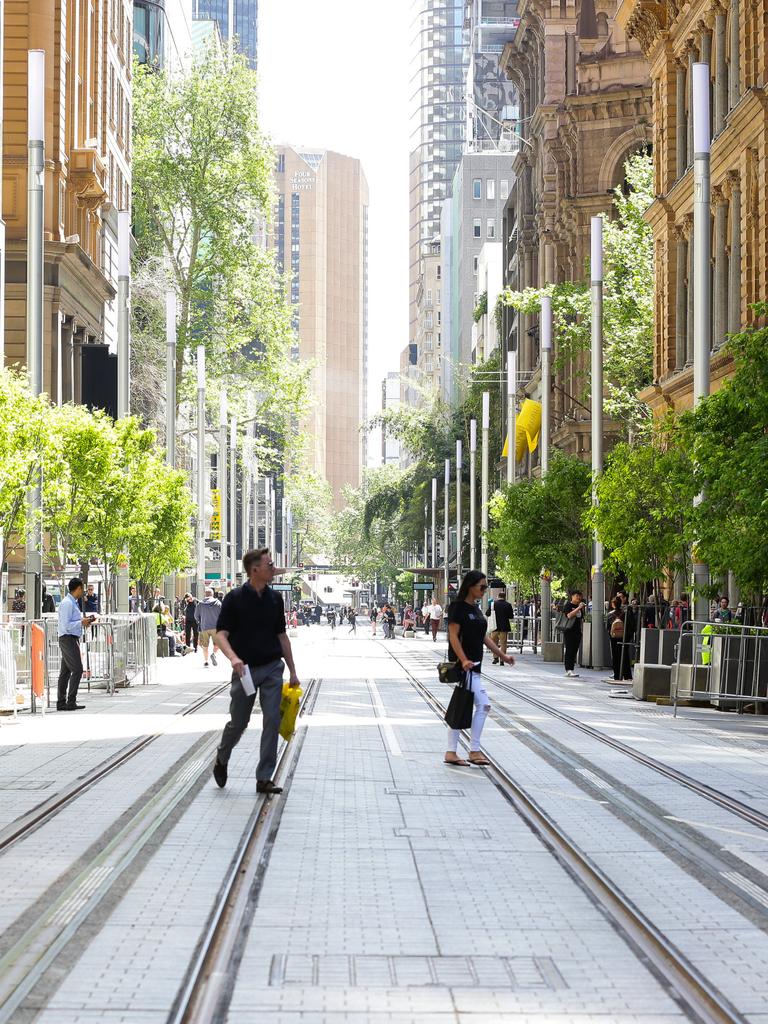
He pointed out there were other, far cheaper alternatives to a $3 billion tram.
“Putting in more bus priority across Sydney won’t have the wow factor of opening a new light rail but will have more transport benefits,” Dr Clinton said.
Mr Donovan said if simply speeding up journeys was the aim, there were simpler solutions.
“They could have just put some signs up on George St to get rid of the cars and kept the buses,” he said.
Opening the light rail in December could be a blessing. Passenger numbers will be lower as students and others are on holiday.
TfNSW will be hoping to iron out any kinks, and get the journey time down from 50 minutes, before the full system opens in March.
Are you excited for the trams? Comment below




